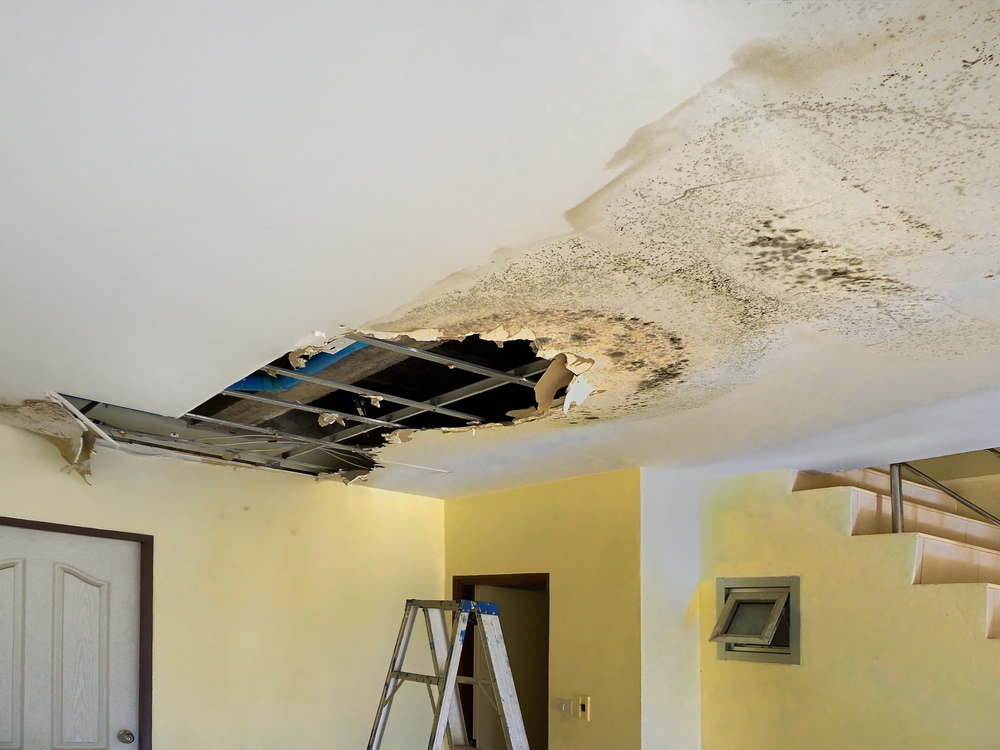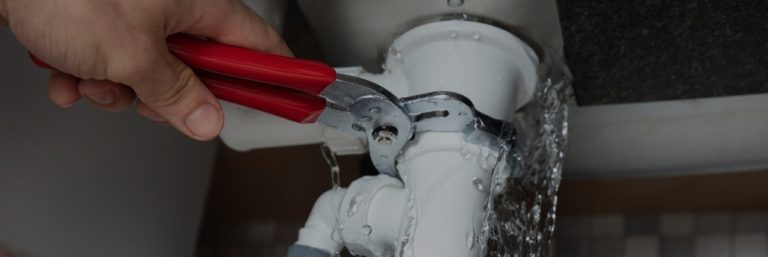Just about everyone seems to have their personal rationale on the subject of Finding hidden leaks.

Early detection of dripping water lines can reduce a possible catastrophe. Some little water leaks might not be visible.
1. Check Out the Water Meter
Every home has a water meter. Inspecting it is a proven way that aids you discover leakages. For starters, shut off all the water resources. Guarantee no person will purge, use the faucet, shower, run the washing machine or dishwashing machine. From there, go to the meter as well as watch if it will alter. Considering that no one is utilizing it, there should be no motions. If it relocates, that indicates a fast-moving leakage. Also, if you identify no changes, wait an hour or more and also check back once again. This implies you might have a slow-moving leak that might also be below ground.
2. Check Water Usage
Assess your water costs and track your water consumption. As the one paying it, you ought to observe if there are any kind of disparities. If you spot sudden changes, despite your usage being the same, it suggests that you have leaks in your plumbing system. Keep in mind, your water costs need to fall under the very same array monthly. An unexpected spike in your expense suggests a fast-moving leakage.
At the same time, a constant rise on a monthly basis, despite having the very same routines, reveals you have a sluggish leakage that's also slowly rising. Call a plumber to completely check your property, especially if you really feel a cozy area on your floor with piping below.
3. Do a Food Coloring Examination
30% comes from commodes when it comes to water usage. Test to see if they are running properly. Drop specks of food color in the tank and also wait 10 mins. There's a leakage in between the tank and also dish if the color in some way infiltrates your bowl throughout that time without flushing.
4. Asses Outside Lines
Don't neglect to check your exterior water lines as well. Test faucets by attaching a yard hose. Needs to water leak out of the link, you have a loosened rubber gasket. Change this and also make certain all links are limited. If you have actually obtained a sprinkler system, it will help get it expertly took a look at as well as preserved every year. One small leakage can waste lots of water and also spike your water expense.
5. Evaluate and Evaluate the Situation
Homeowners should make it a behavior to examine under the sink counters as well as even inside closets for any type of bad odor or mold growth. These 2 red flags show a leak so prompt focus is needed. Doing regular examinations, also bi-annually, can conserve you from a major problem.
Check for stainings and also compromising as the majority of devices as well as pipes have a life expectancy. If you presume leaking water lines in your plumbing system, do not wait for it to intensify.
Early detection of leaking water lines can mitigate a possible disaster. Some little water leaks might not be noticeable. Examining it is a guaranteed means that assists you find leakages. One small leak can lose heaps of water and also increase your water expense.
If you presume dripping water lines in your plumbing system, do not wait for it to escalate.
WARNING SIGNS OF WATER LEAKAGE BEHIND THE WALL
PERSISTENT MUSTY ODORS
As water slowly drips from a leaky pipe inside the wall, flooring and sheetrock stay damp and develop an odor similar to wet cardboard. It generates a musty smell that can help you find hidden leaks.
MOLD IN UNUSUAL AREAS
Mold usually grows in wet areas like kitchens, baths and laundry rooms. If you spot the stuff on walls or baseboards in other rooms of the house, it’s a good indicator of undetected water leaks.
STAINS THAT GROW
When mold thrives around a leaky pipe, it sometimes takes hold on the inside surface of the affected wall. A growing stain on otherwise clean sheetrock is often your sign of a hidden plumbing problem.
PEELING OR BUBBLING WALLPAPER / PAINT
This clue is easy to miss in rooms that don’t get much use. When you see wallpaper separating along seams or paint bubbling or flaking off the wall, blame sheetrock that stays wet because of an undetected leak.
BUCKLED CEILINGS AND STAINED FLOORS
If ceilings or floors in bathrooms, kitchens or laundry areas develop structural problems, don’t rule out constant damp inside the walls. Wet sheetrock can affect adjacent framing, flooring and ceilings.
https://www.servicemasterbyzaba.com/blog/how-to-detect-water-leakage-in-walls/

I am very interested in Locating water leaks and I hope you liked my blog entry. Those who enjoyed reading our blog entry please don't forget to pass it around. We enjoy reading our article about Top leak detection hacks.